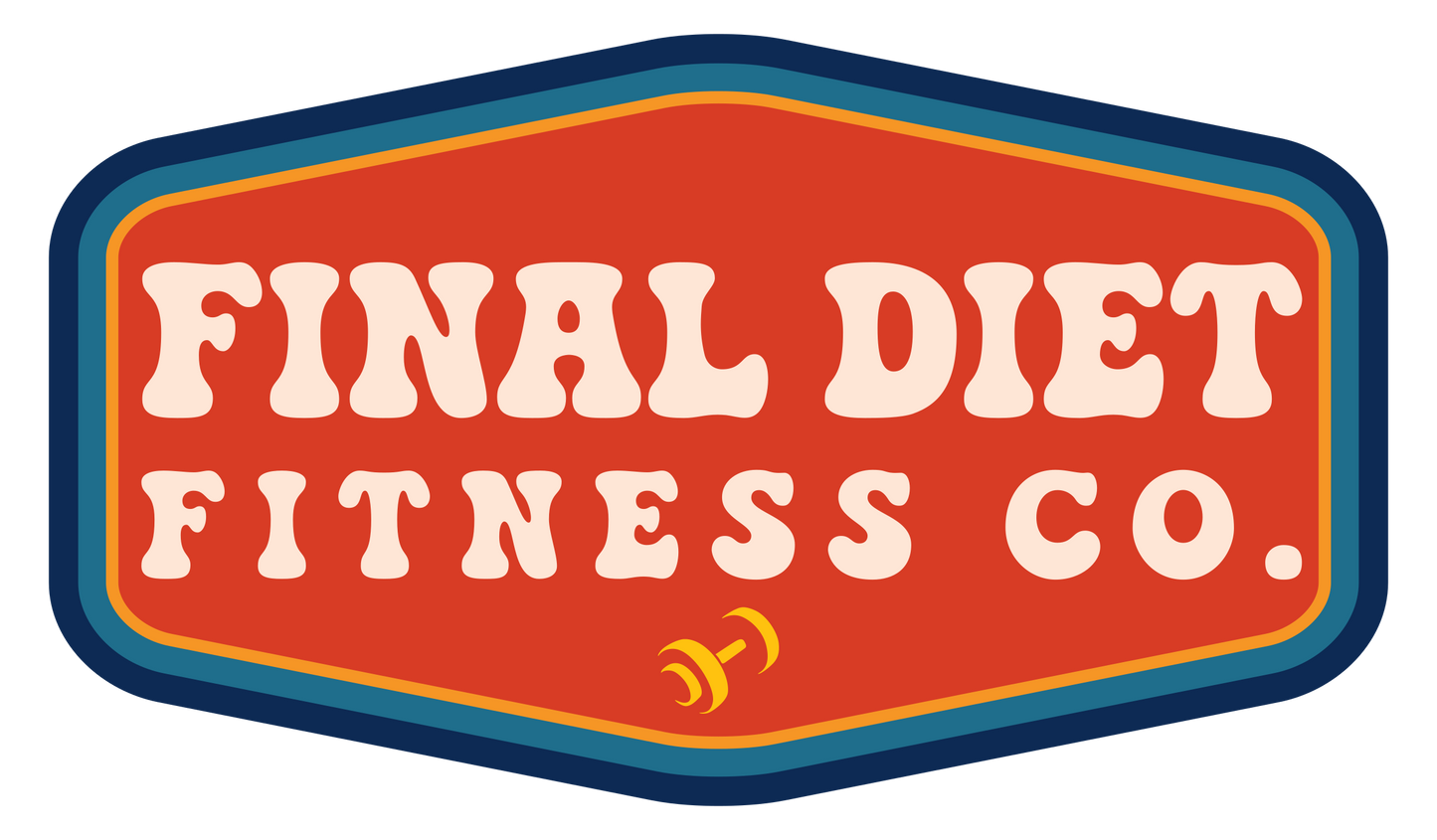
Did you know that the majority of high school students in the U.S. aren’t meeting the recommended physical activity levels? Research shows that only about 30% of boys and 12% of girls are getting enough exercise to meet the guidelines.
The physical activity guidelines recommend that teens should engage in at least 60 minutes of physical activity each day, including activities that strengthen muscles at least three times a week. Unfortunately, many teens aren't hitting these important targets.
Why Is Physical Activity Important for Teens?
Physical activity is vital for both physical and mental health, especially during the adolescent years when the body is growing and developing. Regular exercise improves cardiovascular health, builds stronger muscles and bones, reduces the risk of chronic diseases, and helps maintain a healthy weight. But the benefits don't stop there. Active teens are more likely to experience improved mental well-being, better mood regulation, and reduced stress and anxiety. In fact, physical activity can be as effective as medications in treating mild to moderate depression in young people.
What's Keeping Teens From Meeting These Guidelines?
The lack of physical activity among teens is a concerning trend, and there are several reasons why many aren't getting enough exercise:
- Limited access to sports facilities or places to play.
- Busy schedules with academic pressures, extracurriculars, and part-time jobs.
- Lack of motivation or interest in physical activities.
- Inadequate physical education programs or opportunities to be active in school.
What Can We Do to Help?
It’s essential to create environments that encourage physical activity for teens. Schools, communities, and families can all play a role in ensuring that young people have the support they need to stay active. Here are a few ways we can help teens get moving:
- Improve gym classes: Provide engaging physical education programs that teach teens a variety of activities they can enjoy throughout their lives.
- Increase access to sports: Make sports and recreational activities more accessible and affordable for all teens, regardless of their background.
- Promote active transportation: Encourage walking or biking to school or other activities.
- Support extracurricular programs: Offer after-school sports or fitness clubs that keep teens engaged in regular physical activity.
Conclusion
With physical activity guidelines not being met by most teens, it’s more important than ever to take action and help them stay active and healthy. Teens need support from schools, communities, and families to ensure that they have the resources and encouragement necessary to stay physically fit. Let’s work together to make sure our teens grow up healthy, happy, and active.
